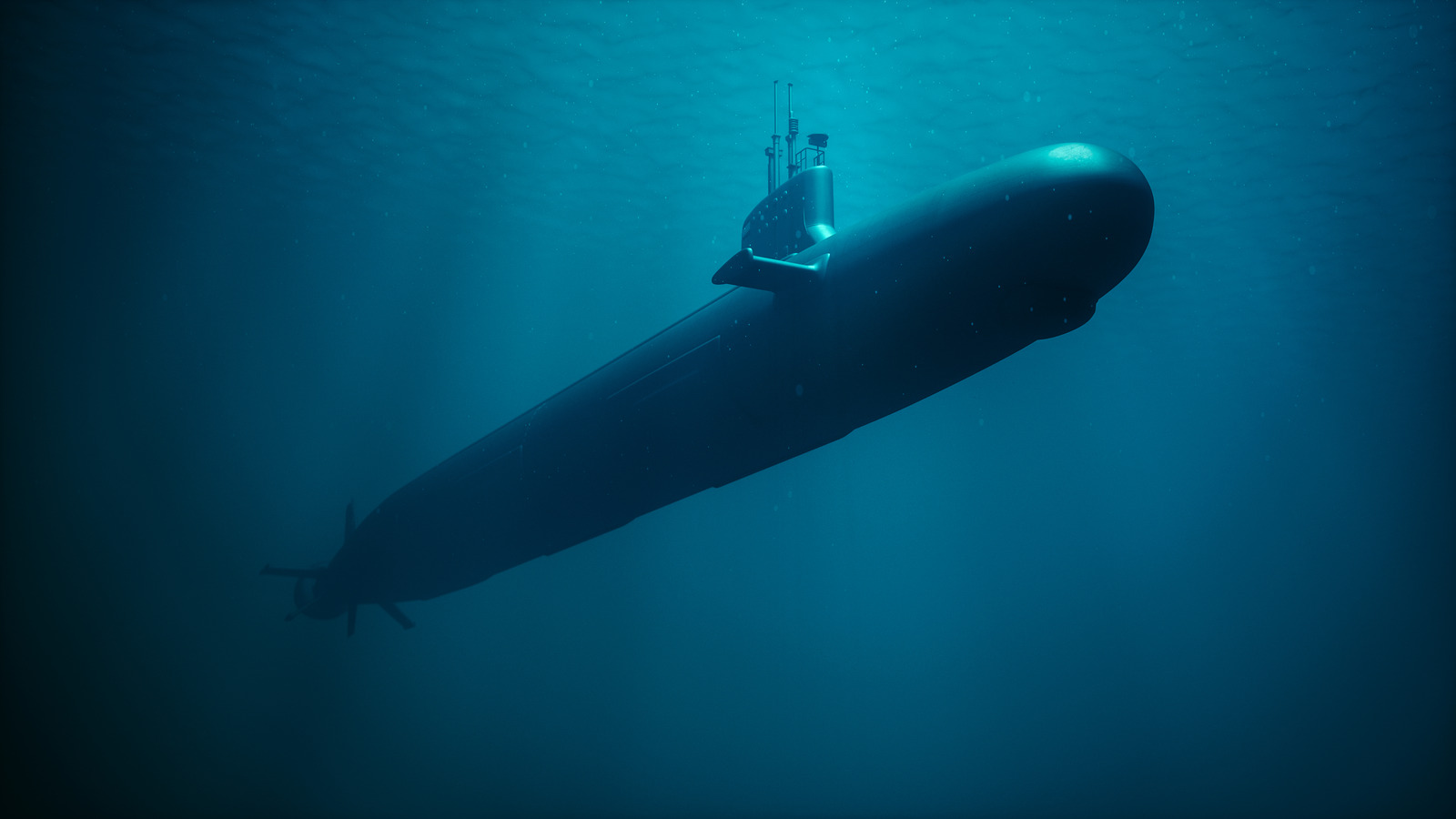What Really Happens When A Sub Implodes – SlashGear

Unlike planes and space shuttles, which are designed to keep a pressure of around one atmosphere (14.7 pounds per square inch) contained when the outside forces are lower — a sub is intended to do the opposite. It fends off external pressures, so whatever is within can stay at the same pressure you would experience at sea level. A space shuttle will, at worst, have to deal with one atmosphere’s worth of pressure differential, while a submersible will have to contend with many times that. To use one of the most extreme examples available, Titanic director James Cameron’s journey to the bottom of the Challenger Deep saw his craft fending off pressures of up to 15,969 PSI, over 1,000 atmospheres.
An implosion occurs when a vessel can no longer handle the pressure surrounding it. This can happen for a few reasons. In the case of a submarine, diving beyond the depth it is rated for can result in catastrophic hull failure and subsequent implosion. If you grab a balloon and squeeze, the balloon isn’t strong enough to handle the forces you are exerting on it, and as a result, it pops.
On a basic level, that is essentially what happens to a sub that dives beyond its “collapse depth.” Catastrophic failures could also occur without a sub hitting its collapse depth. Any damage or flaws in the vessel’s construction may create a weak point and cause the hull’s failure.
For all the latest Gaming News Click Here
For the latest news and updates, follow us on Google News.

